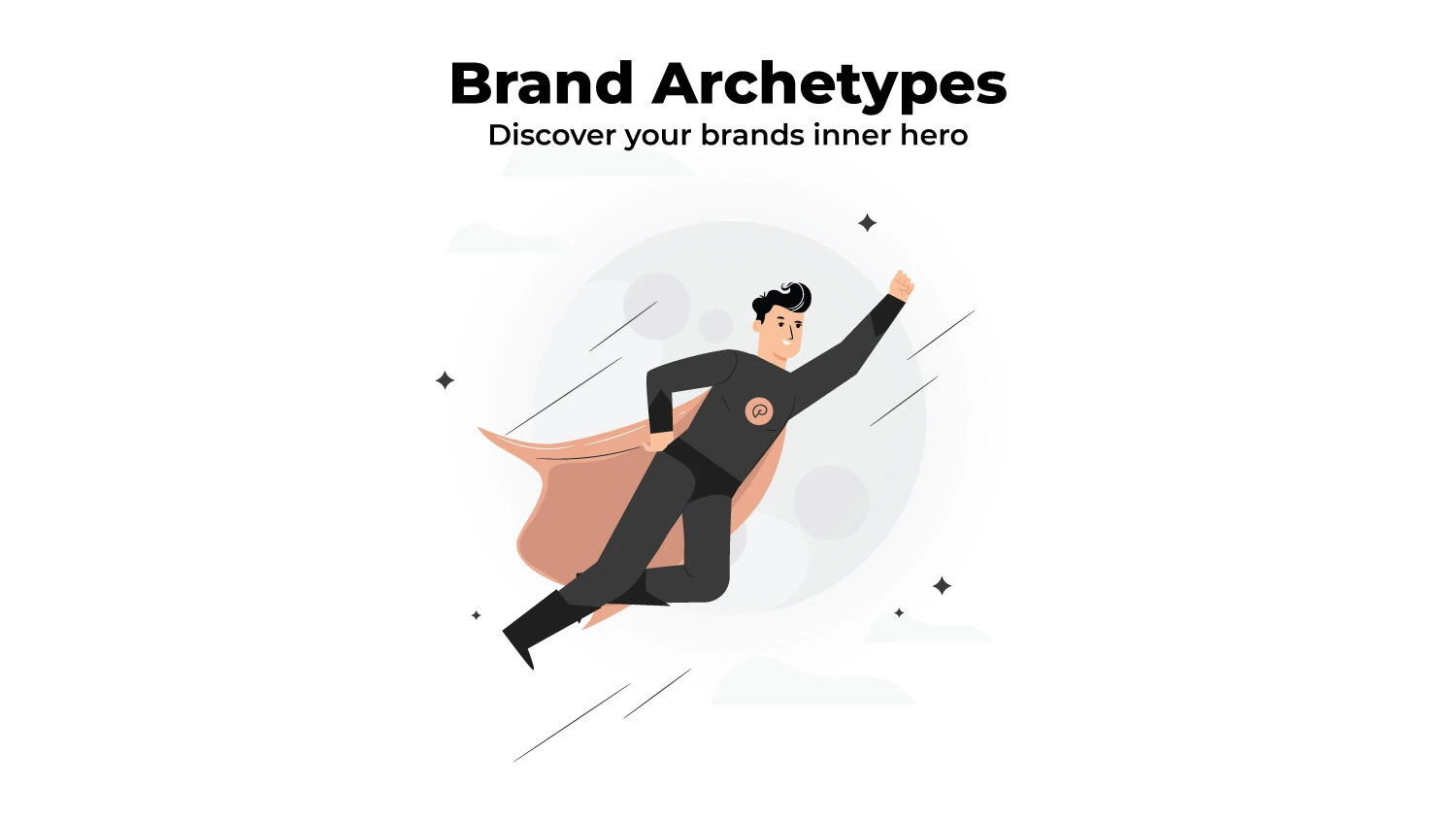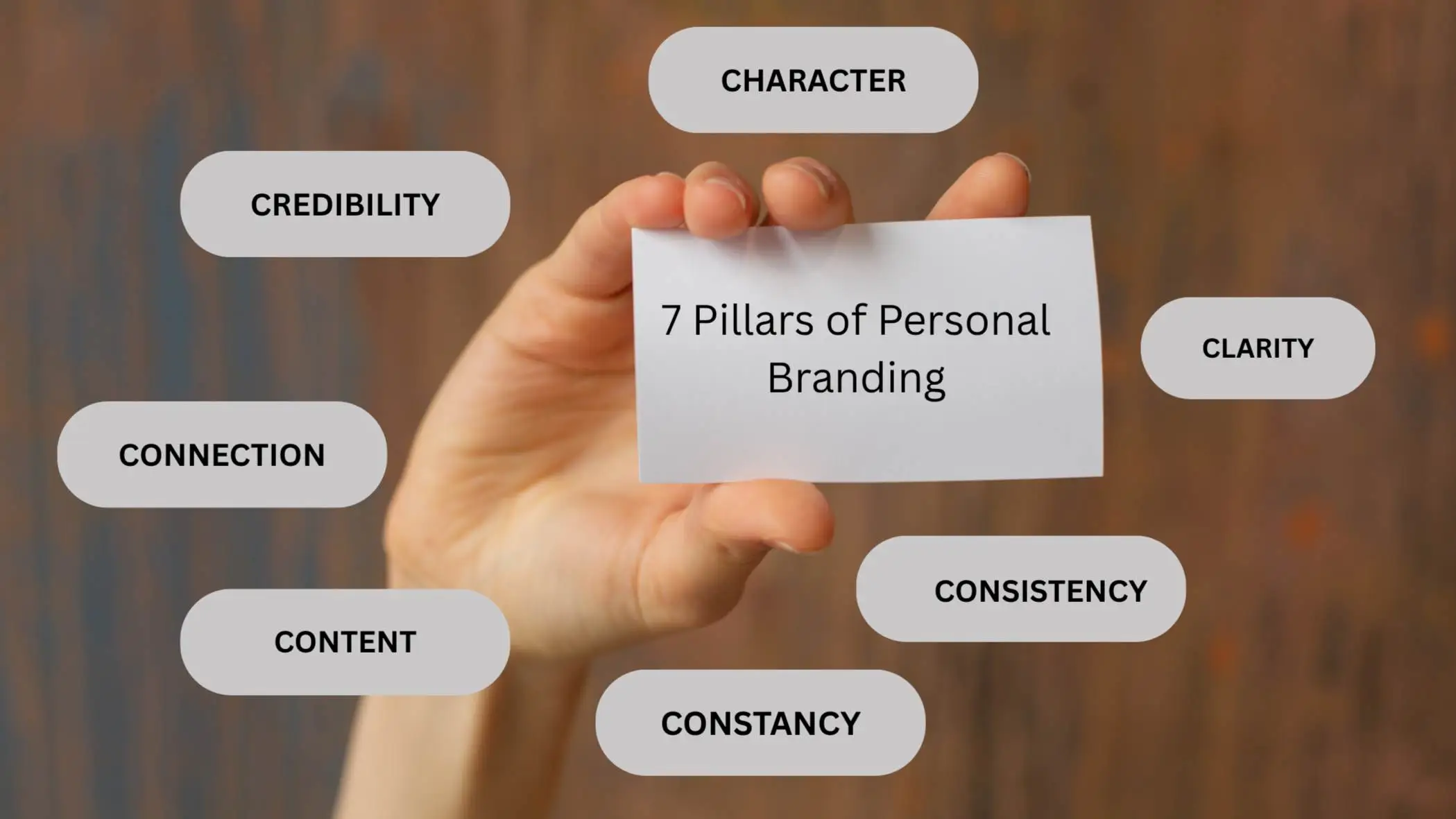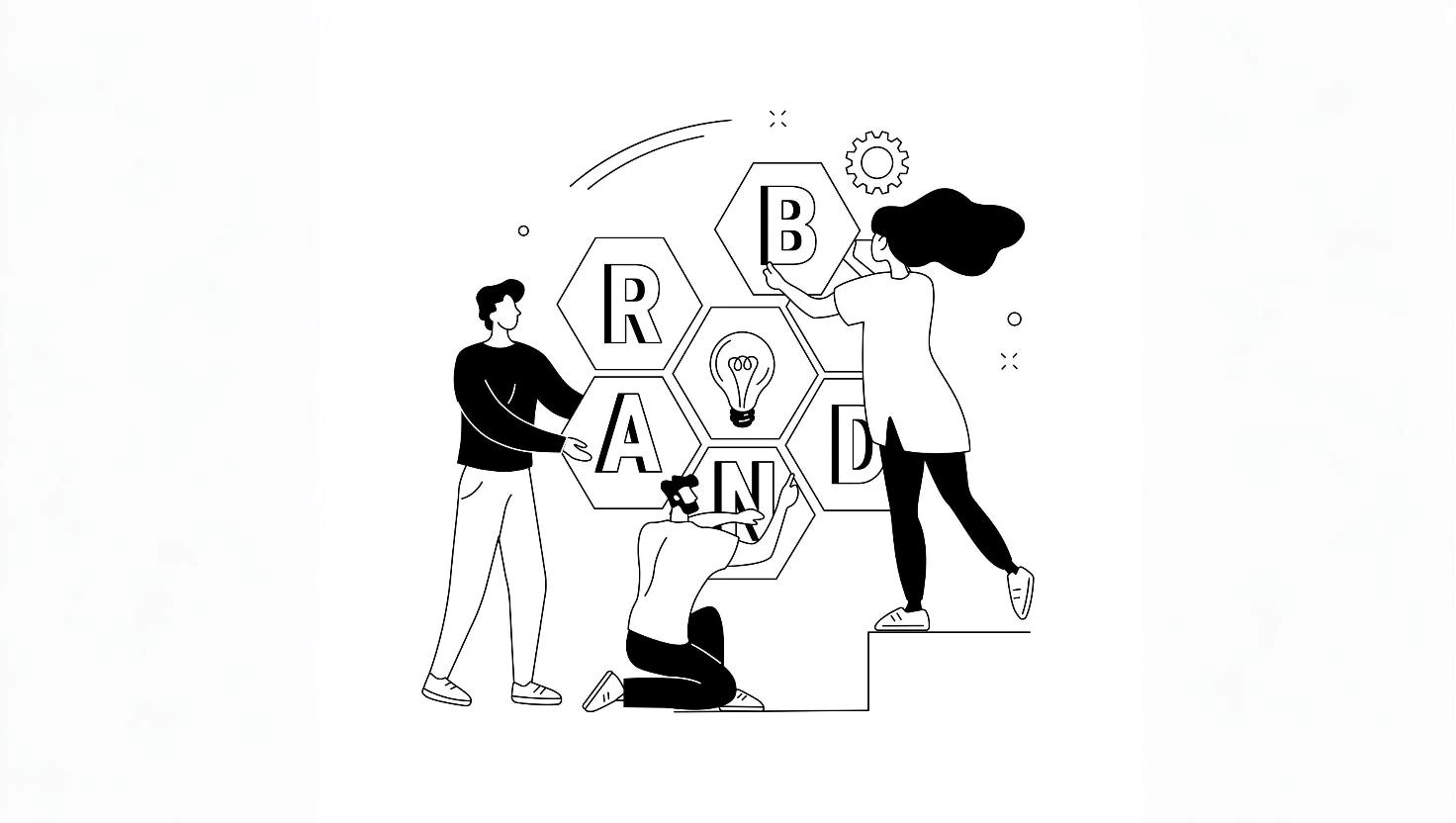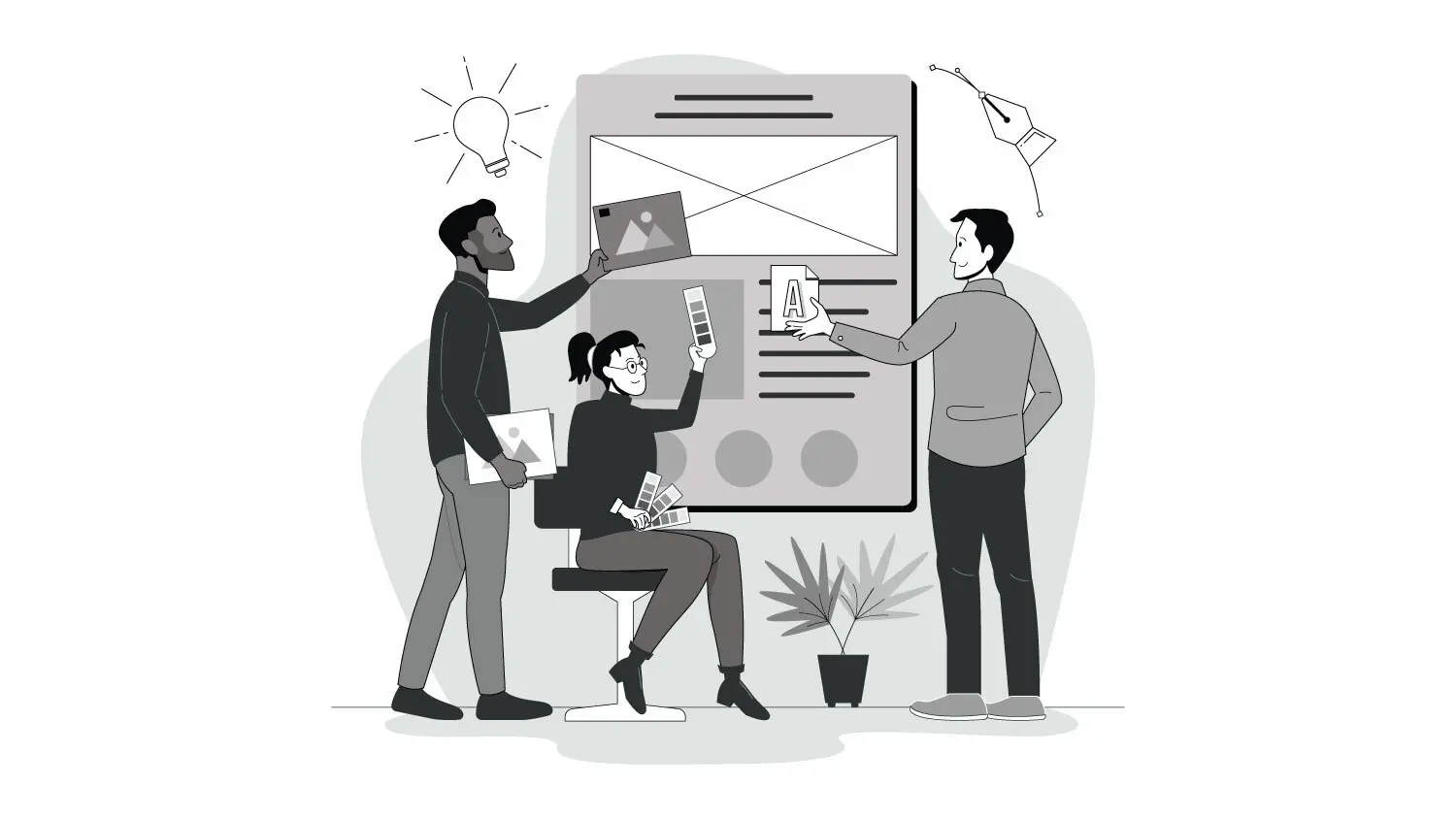Brand Archetypes: Unlocking the True Potential of Your Brand
Every brand has a story. But what makes some brands unforgettable while others fade into the background? The secret lies in Brand Archetypes—a powerful psychological framework that helps brands forge deep emotional connections with their audience by embodying a distinct personality and purpose. When done right, a strong brand archetype becomes the foundation of a compelling brand identity, guiding everything from messaging to design and customer interactions.
What Are Brand Archetypes?
Carl Jung, a Swiss psychologist, introduced the concept of archetypes, who believed that human behavior is determined by universal characters residing in our collective consciousness. These archetypes tap into fundamental human desires, aspirations, and fears, making them particularly relatable.
In branding, these archetypes serve as a strategic blueprint to define a brand’s voice, tone, and overall persona. When a brand embodies a recognizable archetype, it resonates deeply with customers because it taps into emotions and experiences they instinctively understand. This familiarity breeds trust, loyalty, and strong brand affinity.
The 12 Brand Archetypes and Their Unique Identities
Every bard Archetype tells its own story and grabs people’s attention in a completely new way. These personas help businesses align themselves well with the market.
The Innocent — Pure, optimistic, and trustworthy. Innocent brand defines sincerity and spreading happiness and positivity as a goal. (example: Dove, Coca-Cola)
The Explorer — Adventurous, bold, and independent. Explorer brand types foster exploration and new experiences. (example: Jeep)
The Sage – Wise, knowledgeable, and insightful. These brands are truth-seeking entities and take pride in seeking and embracing wisdom. (example: Google, TED Talks)
The Hero — Brave, determined, and inspiring. Hero brands aim to make the world a better place through perseverance and strength (example: Nike, Adidas)
The Outlaw — The rebellious, disruptive, and bold. Outlaw brands challenge the status quo and create movements. (example: Harley-Davidson, Diesel)
The Magician – Visionary, transformative, and charismatic. These brands inspire wonder and innovation. (example: Apple, Disney)
The Creator –Imaginative, expressive, and artistic. Creator brands focus on originality and self-expression. (example: LEGO, Adobe)
The Caregiver – Nurturing, selfless, and compassionate. Through empathy and protection, they are the ones who make sure they get along and remain safe. (example: Johnson & Johnson, UNICEF)
The Ruler – Powerful, authoritative, and confident. Ruler brands represent control, prestige, and exclusivity. (example: Rolex, Mercedes-Benz)
The Lover –Passionate, indulgent, and sensual. These kinds of brands tap into emotion and aesthetics. (example: Victoria’s Secret, Chanel)
The Jester – Fun-loving, entertaining, and spontaneous. The jester brands are the entertainment industry veterans who master storytelling in a fun and light-hearted way always. (example: M&M’s, Old Spice)
The Everyman – Approachable, relatable, and humble. Any people regardless of their background can associate with the Everyman brands which helps them to feel comfortable and accepted. (example IKEA, Target)
Why Your Brand Needs an Archetype?
A brand that is without an archetype is like a story without a main character that is bland, forgettable, and disconnected from its audience. Identifying your brand’s archetype can help in several ways:
Authenticity & Relatability: The strong personality of your brand gives it a more real and genuine feeling, and by so doing fosters a further customer relationship with it.
Consistency Across All Touchpoints: From marketing campaigns to customer interactions, an archetype provides a unified brand voice and identity.
Stronger Emotional Connection: Brands that reflect people’s values, wishes, and experiences more are most likely to be loved by the people.
Differentiation in a Crowded Market: A well-defined archetype helps you stand out, giving your brand a distinctive presence in your industry.
How to Identify Your Brand’s Archetype
In case you are curious about determining your brand’s archetype, you are supposed to follow these steps:
Decide what your brand stands for – What is your brand’s mission? What emotions do you want your customers to feel when they interact with your brand?
Know Your Target Audience – What kind of customers do you think are the decent ideal one’s for you? What drives them? Which archetype is the best way to approach that figure with their expectations to make them feel.
Examine your Brand Personality – Is your brand mostly about fun and excitement or are you more of a supporter of knowledge and guidance? The practice of identifying primary traits will assist you to unearth your archetype.
Align with Visual & Verbal Identity – Once the archetype you choose has been laid out, the connection between every message, design, and customer interaction you make with it should be a reflection of such archetypal positioning. Things such as the choice of logo and the branded voice to be used should be in harmony with the chosen archetype.
Conclusion
The selection of the right brand archetype is not just about marketing – it is a process of forming an identity that is real, inspirational, and deeply emotive to the public. Whether you’re the bold Hero, the nurturing Caregiver, or the visionary Magician, your archetype will guide how your brand is perceived and remembered.
At Pixtar, we specialize in helping businesses discover and develop their brand archetypes, ensuring they tell a compelling and cohesive story. If you’re ready to unlock the full potential of your brand and create an emotional connection with your audience, let us bring your brand to life together!





1 thought on “What is Brand Archetype and Why does it Matter?”